The July Manufacturing Business Outlook Survey from the Philadelphia Fed presented a mixed bag of indicators. The diffusion index for current general activity marginally improved from -13.7 to -13.5, slightly exceeding expectations of -15.5. But it registered its 11th consecutive negative reading. Also, the persistent negativity was reflected as over 30% of the firms reported decreases, outnumbering the 17% that reported increases. Nearly half of the firms (49%) reported no change in current activity.
The new orders index took a hit, dropping -5 points to -15.9, marking its 14th consecutive negative reading. The employment index also dipped marginally from -0.4 last month to -1.0 this month. Furthermore, the prices paid diffusion index decline by -1 point to 9.5.
In a ray of hope, the diffusion index for future general activity saw a significant jump from 12.7 in June to 29.1, recording the index’s highest reading since August 2021. This indicates growing optimism about future business conditions. Nearly 40% of firms anticipate an increase in activity over the next six months, up from 33% last month, with only 11% expecting a decrease (down from 20%). Meanwhile, 46% anticipate no change, slightly up from 44% in the previous month.




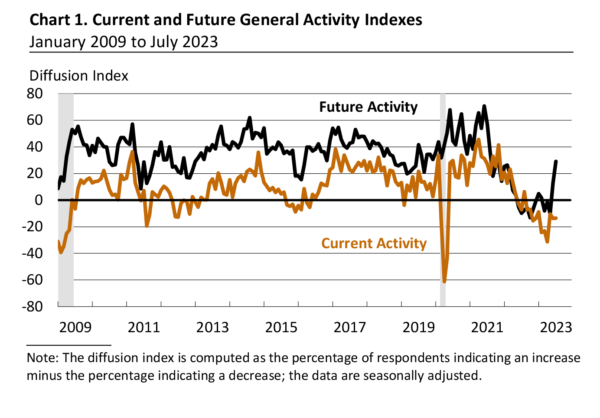
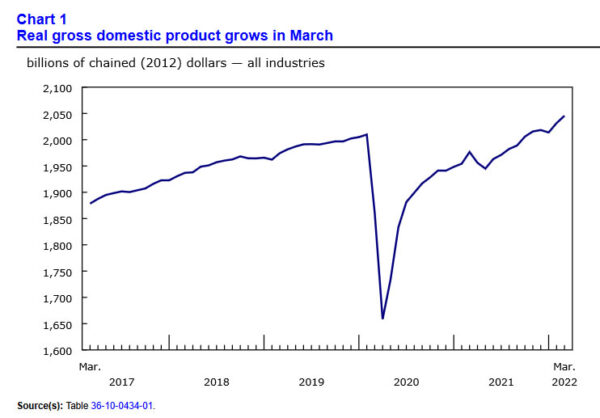
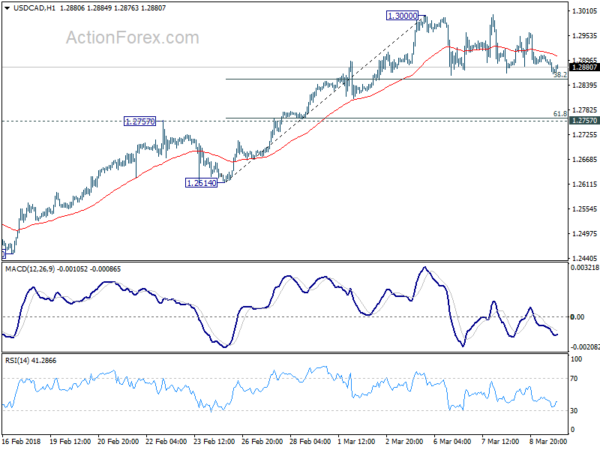
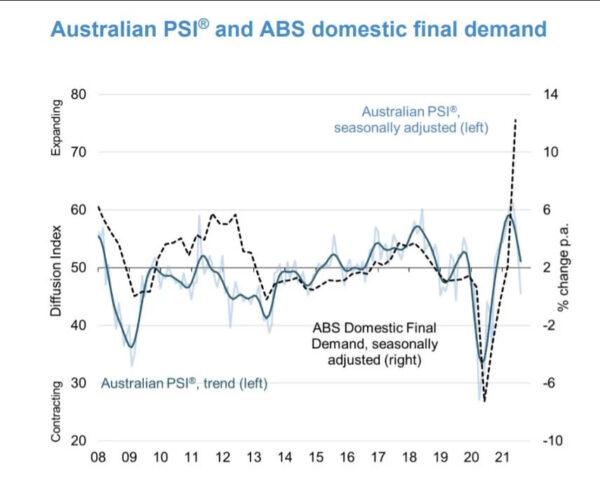
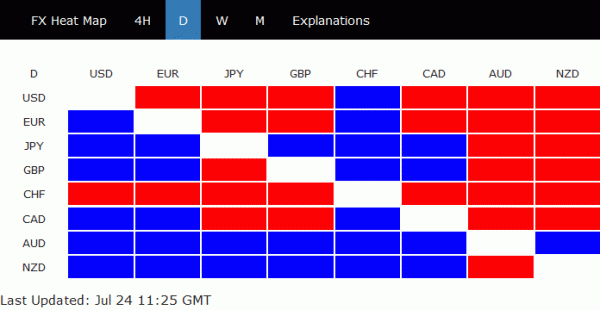
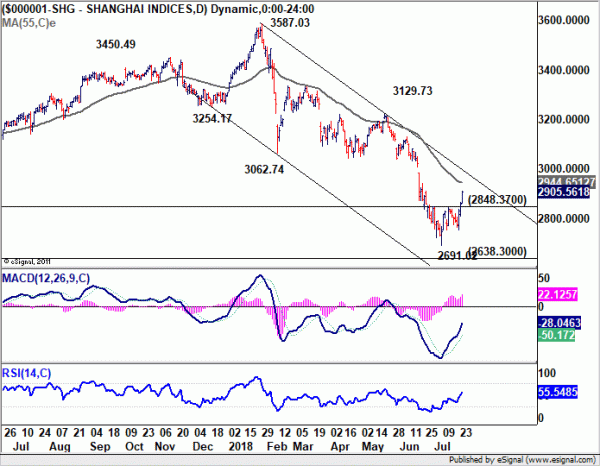
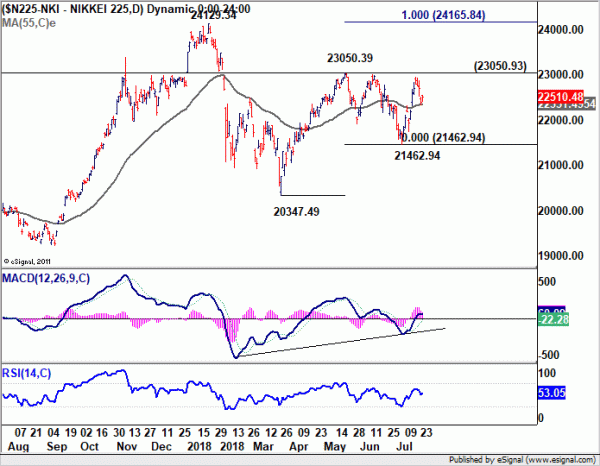
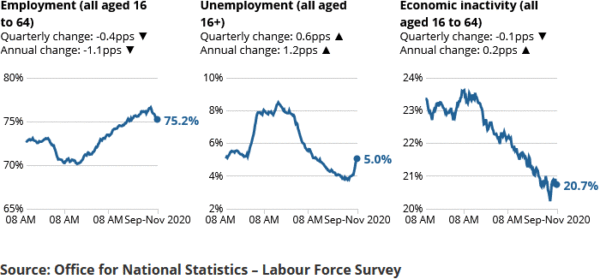
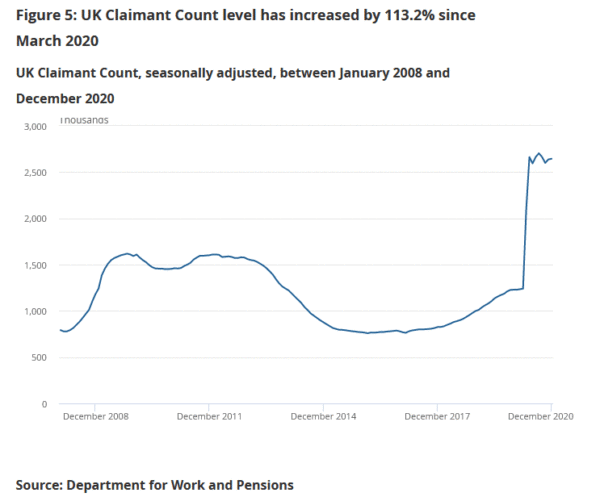
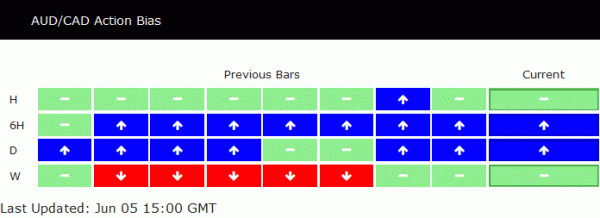
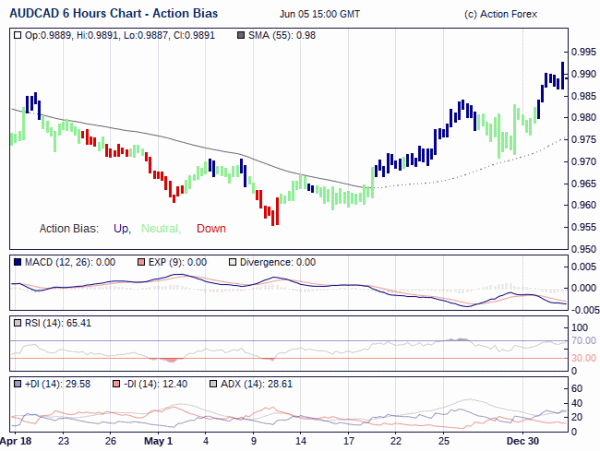
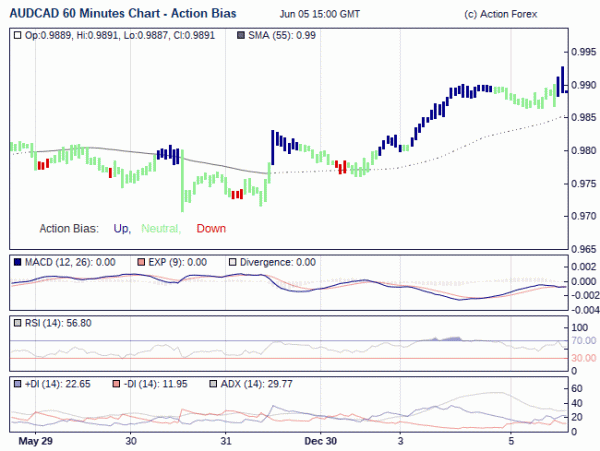
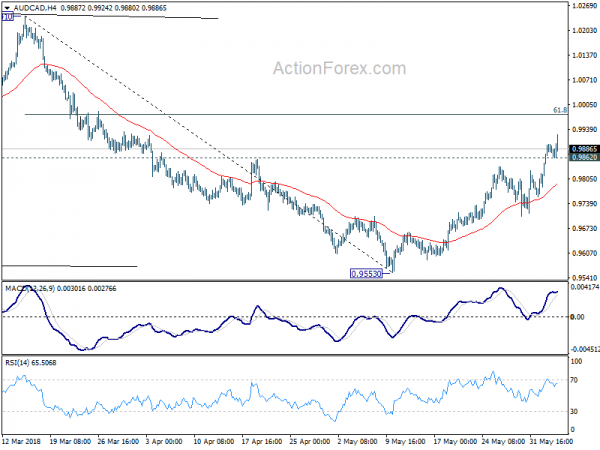
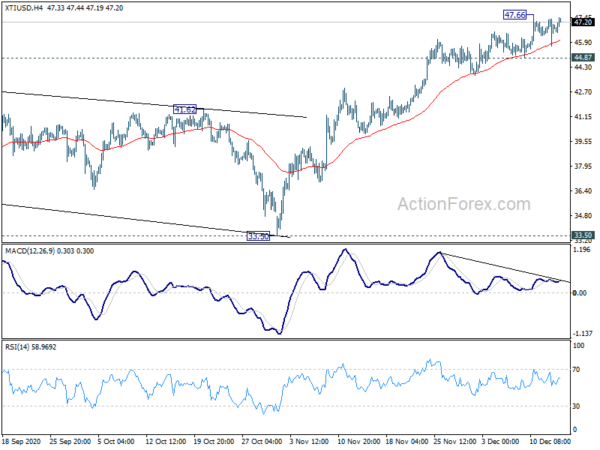
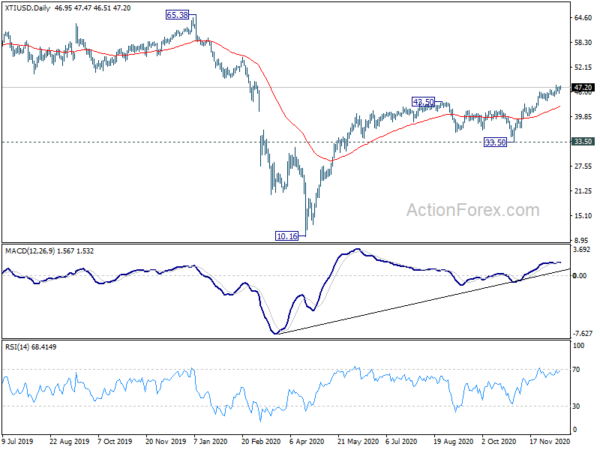
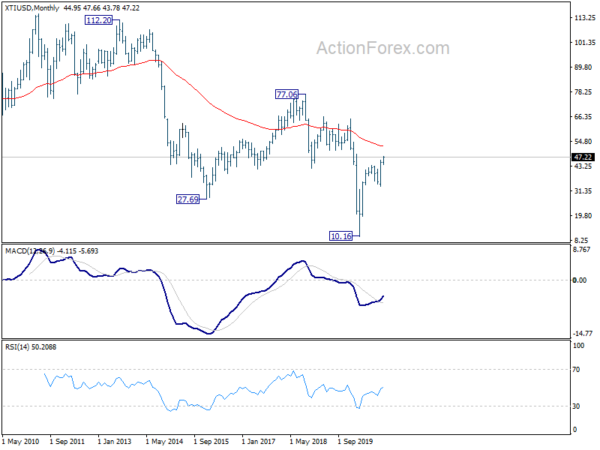

France PMI manufacturing rose to 54.6, services jumped to 58.2
France PMI Manufacturing rose to 54.6 in November, up from 53.6, above expectation of 52.8. PMI Services rose to 58.2, up from 56.6, above expectation of 55.5. That’s also the highest level in 46 months. PMI Composite rose to 56.3, up from 54.7.
Joe Hayes, Senior Economist at IHS Markit said:
“Having embarked on a clear period of slowing growth in the months leading up to October, the flash PMI data for November showed a fresh acceleration in French economic expansion. As well as stronger growth in output, new orders rose at a faster pace, which firms suggest is down to businesses recovering, helping to lift client demand.
“However, the driving force behind improvements in the data is services. Manufacturers are still struggling with component shortages, long lead times and subdued demand conditions. These factors drove back-to-back drops in production.
“Unfortunately, this puts the wider economic recovery in a precarious position, especially with the raft of new COVID-19 containment measures being implemented across other parts of Europe. While French officials have talked down the prospect of imminent restrictions, the trajectory of the virus in the coming weeks will be a key determinant of near-term economic activity, as any new restrictions are likely to hit the service sector, which at present is giving the economic recovery its principal impetus.”
Full release here.